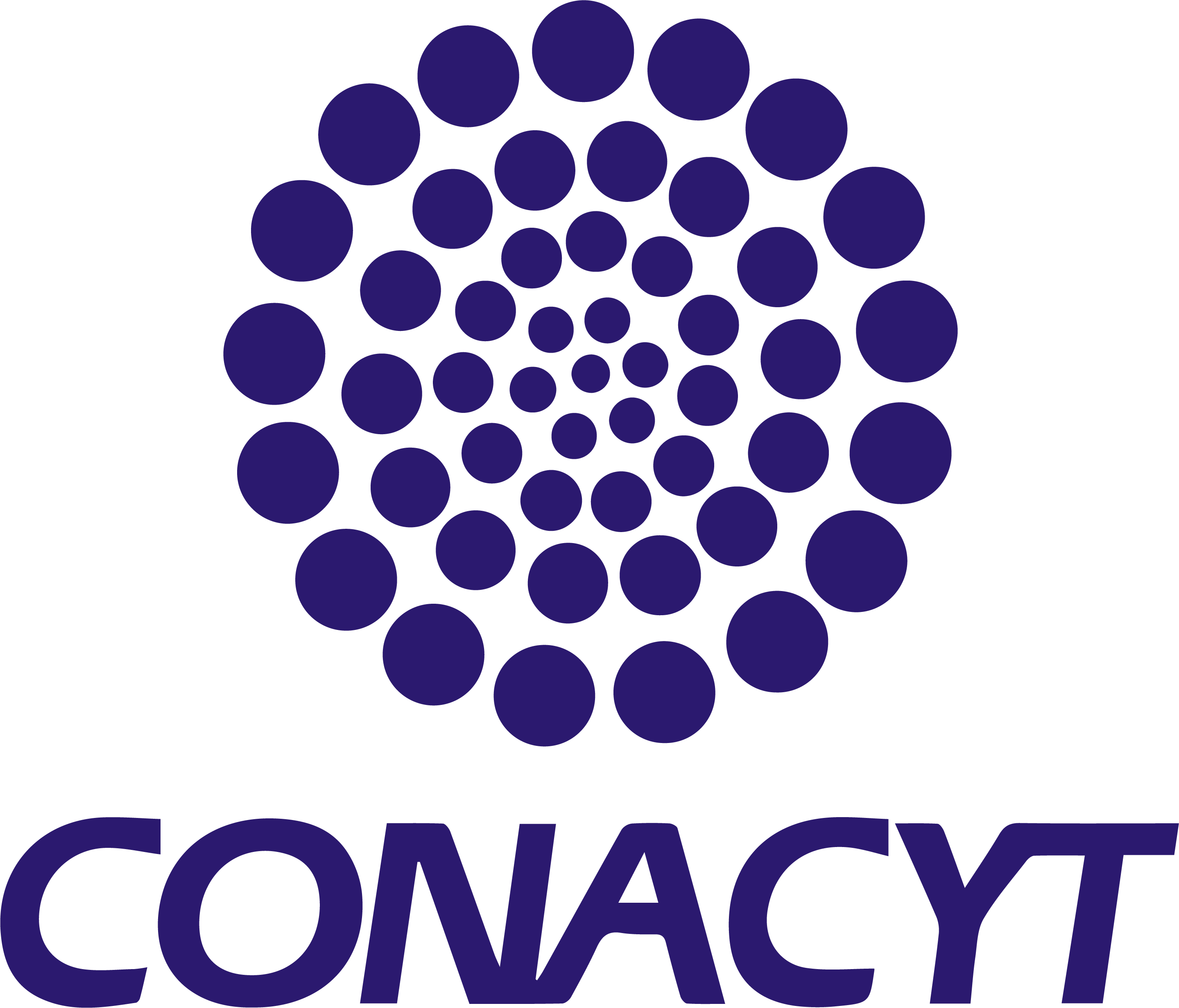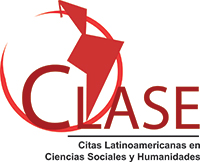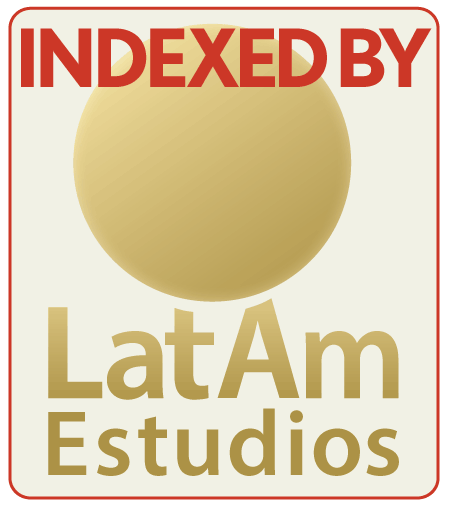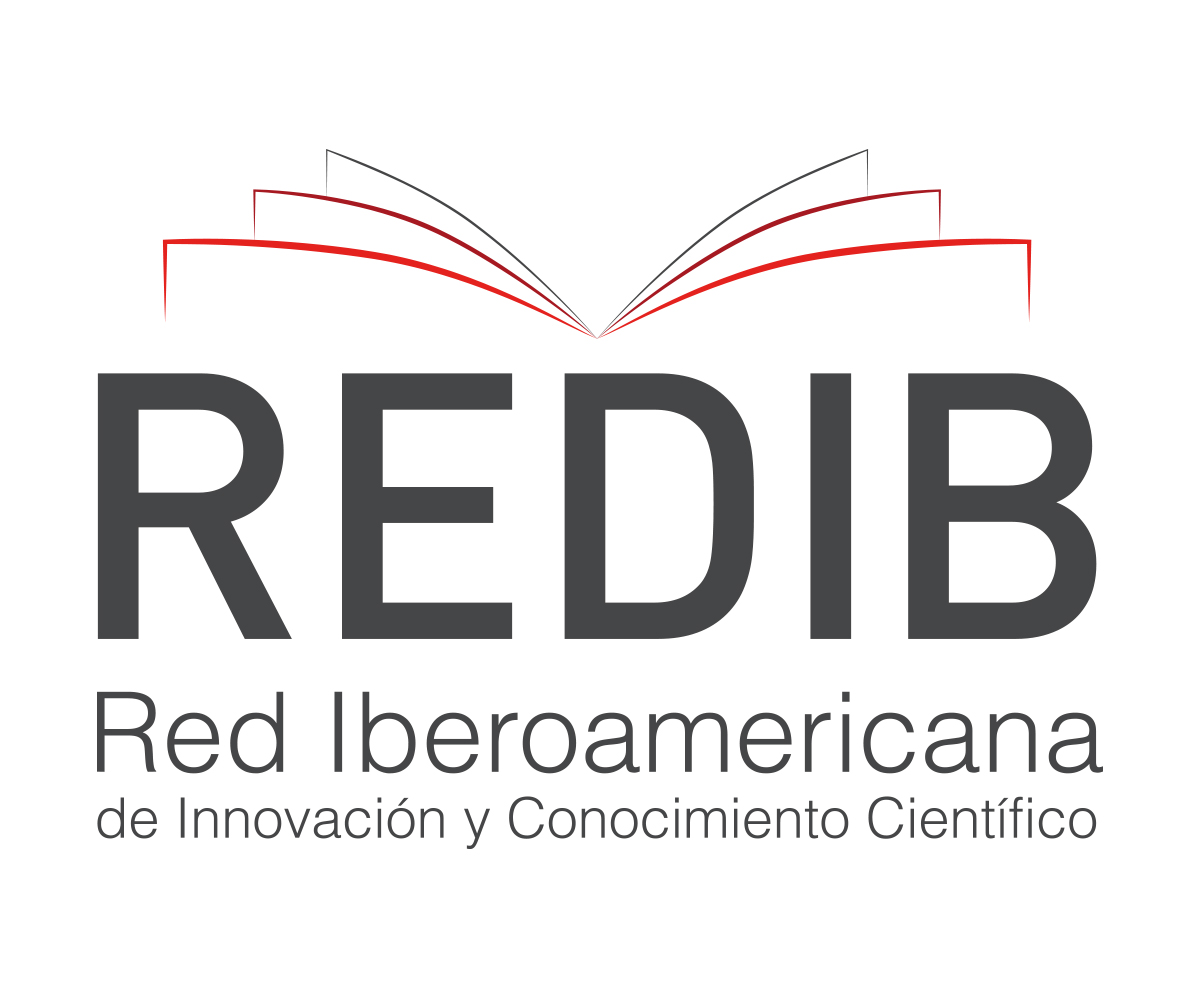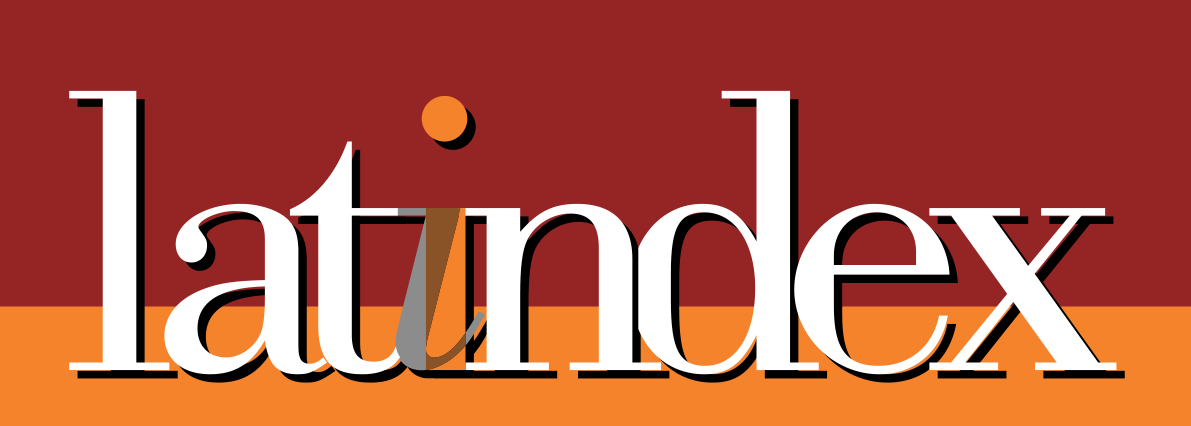Learning style detection software based on the Felder and Silverman model
Abstract
Learning styles define characteristic behaviors that identify how a person learns and adapts to their environment. These provide teachers with elements that can guide them in creating appropriate pedagogical and didactic content adapted to the characteristics of students, thereby improving their performance and consolidating their learning processes. This paper presents a learning style detection software based on the Felder and Silverman model to help identify learning styles in an individual or group. The document describes the functionalities, architecture, implementation details, and general characteristics of the software. An example of system operation is provided and discussed, as well as the results of its functional and non-functional tests, which were satisfactory. It was concluded that the system is a useful tool for teachers, facilitating the identification of learning styles and the customization of teaching strategies, which improves the educational process.
Downloads
References
Bangor, A. (2009). Determining What Individual SUS Scores Mean: Adding an Adjective Rating Scale. Journal of Usability Studies, 4(3).
Bravo, V. A. O., & Arias, M. A. N. (2020). Dominancia cerebral y estilos de aprendizaje: Un software para la adaptación de contenidos. Revista de Estilos de Aprendizaje, 13(25), 113-124. https://doi.org/10.55777/REA.V13I25.1526
Brito-Orta, M. D., & Espinosa-Tanguma, R. (2015). Evaluación de la fiabilidad del cuestionario sobre estilos de aprendizaje de Felder y Soloman en estudiantes de medicina. Investigación en educación médica, 4(13), 28-35.
Calderón, N. T. (2022). Aplicación para determinar su estilo de aprendizaje (1.0) [Software]. Recuperado de https://www.educaycrea.com/2016/08/aplicacion-para-determinar-su-estilo-de-aprendizaje/
Camana, R. G. (2017). Herramienta para detección de estilos de aprendizaje en estudiantes de educación superior. Revista Tecnológica-ESPOL, 30(3).
Cárdenas Palomino, F. R., Beltran, A., Cruz Cámaco, D. P. de la, Rojas Zuñiga, L. M., & others. (2021). Identificación de los Estilos de aprendizaje de los Estudiantes Universitarios: Revisión de Literatura. Sinergias Educativas, 1(1).
Carla Maria Alonso Jane, E. G. S., Goar Orue Sánchez. (2019). Alternativas de desarrollo de software para caracterizar estilos de aprendizaje en los estudiantes -. EduSol, 19(67), 17-26.
Casal, J., & Mateu, E. (2003). Tipos de muestreo. Rev. Epidem. Med. Prev, 1(1), 3-7.
Christudas, B. (2019). MySQL. En B. Christudas (Ed.), Practical Microservices Architectural Patterns: Event-Based Java Microservices with Spring Boot and Spring Cloud (pp. 877-884). Apress. https://doi.org/10.1007/978-1-4842-4501-9_27
Céspedes Gómez, G., & Reyes Rivero, L. (2016). Creación de un Prototipo Software que Permita Identificar el Estilo de Aprendizaje Predominante en los Estudiantes de Ingeniería de Software Bajo los Tipos Visual, Auditivo y Kinestésico (Vak).
Chablé, M. D. M. M., Reyna, M. I. S. M. V., & López, L. S. C. C. J. R. (2013). Desarrollo de un sistema en línea para definir estilos de aprendizaje. 88-88.
Chang, Y.-H., Chen, Y.-Y., Chen, N.-S., Lu, Y.-T., & Fang, R.-J. (2016). Yet Another Adaptive Learning Management System Based on Felder and Silverman’s Learning Styles and Mashup. EURASIA Journal of Mathematics, Science & Technology Education, 12(5), 1273-1285. https://doi.org/10.12973/eurasia.2016.1512a
Creative Learning Systems. (2020). Learning Style Analysis Students (1.0) [Software]. Creative Learning Systems. Recuperado de https://www.superteacherstrategies.com/learning-style-analysis/learning-style-analysis-students/
Cymeon Pty Ltd. (2022). Learning Styles Profiler (1.0) [Software]. Cymeon Pty Ltd. Recuperado de http://www.cymeon.com/lss2.asp
Desikan, S., & Ramesh, G. (2006). Software Testing: Principles and Practice. Pearson Education India.
Felder, R. M., & Silverman, L. K. (1988). Learning and teaching styles in engineering education.
González-Álvarez, C., Medina-Betancourt, Y. ;, & Román, A. (2012). La estimulación de estilos de aprendizaje con el software “Rainbow”. Ciencias Holguín, XVIII, 1-15.
Graf, S., Viola, S. R., Leo, T., & Kinshuk. (2007). In-Depth Analysis of the Felder-Silverman Learning Style Dimensions. Journal of Research on Technology in Education, 40(1), 79-93. https://doi.org/10.1080/15391523.2007.10782498
Hambling, B., Goathem, P. V., & Goethem, P. van. (2013). User Acceptance Testing: A Step-by-step Guide. BCS.
Holmes, S., & Harber, Clive. (2019). Getting MEAN with Mongo, Express, Angular, and Node. Simon and Schuster.
Honey, P., & Mumford, A. (1982). The Manual of Learning Styles, Homey, Maidenhead. AITBS Publishers.
Ingeno, J. (2018). Software Architect’s Handbook: Become a successful software architect by implementing effective architecture concepts. Packt Publishing Ltd.
Kirakowski, J., & Corbett, M. (2006). SUMI: The Software Usability Measurement Inventory. British Journal of Educational Technology, 24, 210-212. https://doi.org/10.1111/j.1467-8535.1993.tb00076.x
Kolb, D. A. (1984). Experiential learning: Experience as the source of learning and development. FT press.
Learnstyle. (2022). LEARNstyle (1.0) [Software]. LEARNstyle Ltd. Recuperado de https://learnstyle.com/rise/
León, Y. del V. R., & Carrillo, J. A. O. (2012). Diagnóstico del estilo de aprendizaje predominante basado en minería de datos y el modelo de Felder: Aplicaciones al Elearnig 3.0. Estilos de aprendizaje. Investigaciones y experiencias:[V Congreso Mundial de Estilos de Aprendizaje]. Santander, 27, 28 y 29 de junio de 2012.
Lewis, J. R., & Sauro, J. (2009). The Factor Structure of the System Usability Scale. En M. Kurosu (Ed.), Human Centered Design (pp. 94-103). Springer. https://doi.org/10.1007/978-3-642-02806-9_12
Murcia, R. F., Álvarez, L. C., & Corredor, C. M. (2016). El estilo de aprendizaje en educación virtual: Breve revisión de la literatura. Virtu@ lmente, 4(1), 70-95.
Núñez Cárdenas, F. de J. (2013). Identificación de estilos de aprendizaje en alumnos universitarios de computación de la huasteca hidalguense mediante técnicas de minería de datos. Producción Científica Profesorado.
Palomino-Hawasly, M. Á., Culchac de la Vega, A., Rangel-Vellojin, J., Palomino-Hawasly, M. Á., Culchac de la Vega, A., & Rangel-Vellojin, J. (2017). SDEA: Sistema Diagnosticador de Estilos de Aprendizaje Orientado a los Ambientes de Formación Web. Revista Tecnología en Marcha, 30(4), 80-92. https://doi.org/10.18845/TM.V30I4.3413
Prieto, G. (2021). Identificación de estilos de aprendizaje según el cuestionario ILS en una muestra de estudiantes de Psicología de la Facultad de Psicología de la Universidad de la República (Uruguay). REXE. Revista de Estudios y Experiencias en Educación, 20(44), 89-106.
Puello, P., Fernández, D., & Cabarcas, A. (2014). Herramienta para la Detección de Estilos de Aprendizaje en Estudiantes utilizando la Plataforma Moodle. Formación universitaria, 7(4), 15-24. https://doi.org/10.4067/S0718-50062014000400003
Rajper, S., Shaikh, N. A., Shaikh, Z. A., & Mallah, G. A. (2016). Automatic detection of learning styles on learning management systems using data mining technique. Indian Journal of Science and Technology, 9(15), 1-5.
Robbins, J. N. (2012). Learning Web Design: A Beginner’s Guide to HTML, CSS, JavaScript, and Web Graphics. O’Reilly Media, Inc.
Sauro, J. (2018). 5 Ways to Interpret a SUS Score – MeasuringU. https://measuringu.com/interpret-sus-score/
Supangat, S., & Mohd Zainuri, B. S. (2020). Development of E-learning System Using Felder and Silverman’s Index of Learning Styles Model. Development of E-Learning System Using Felder and Silverman’s Index of Learning Styles Model, 9(5), Article 5.
Systems, C. L. (2020). Software—Learning Styles (1.0) [Software]. Systems, C. L. Recuperado de https://www.my-learning-styles.com/software/
World, N. M. (2021). Test de estilos de aprendizaje (1.0) [Software]. N. Magical World. Recuperado de https://apkcombo.com/es/test-de-estilos-de-aprendizaje/com.NewMagicalWorld.TESTDEAPRENDIZAJE/
Zatarain-Cabada, R., Barrón-Estrada, M. L., Camacho, J. L. O., & Reyes-García, C. A. (2013). Integrating learning styles and affect with an intelligent tutoring system. 247-253.

This work is licensed under a Creative Commons Attribution 4.0 International License.
In order to promote the development and dissemination of research in education in Latin America, the Ibero-American Journal for Educational Research and Development (RIDE) adhered to the Budapest Open Access Initiative, which is why it is identified as a Open access publication. This means that any user can read the complete text of the articles, print them, download them, copy them, link them, distribute them and use the contents for other purposes. Creative Cummons licenses allow users to specify the rights to use an open access journal available on the Internet in such a way that users know the rules of publication. Authors who publish in this journal accept the following conditions: Authors they keep the author's rights and give the magazine the right of the first publication, with the work registered with the attribution license of Creative Commons, which allows third parties to use the published material whenever they mention the authorship of the work and the first publication in this The authors can make other independent and additional contractual agreements for the non-exclusive distribution of the version of the article published in this journal (eg, include it in an institutional repository or publish it in a book) as long as they clearly indicate that The work was published for the first time in this magazine. Authors are allowed and recommended to publish their work. low on the Internet (for example on institutional or personal pages) before and during the review and publication process, as it can lead to productive exchanges and to a greater and faster dissemination of the published work





